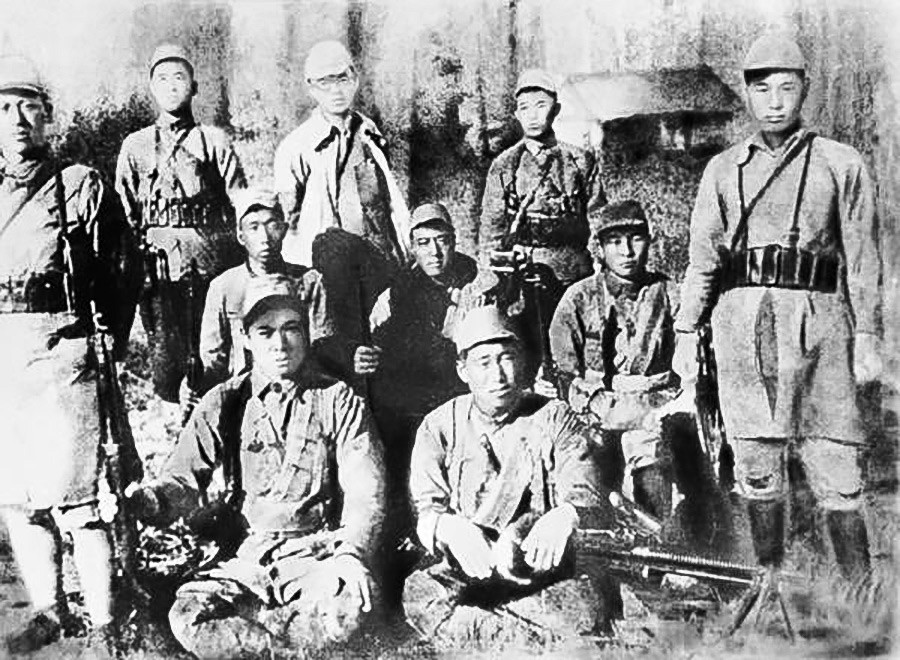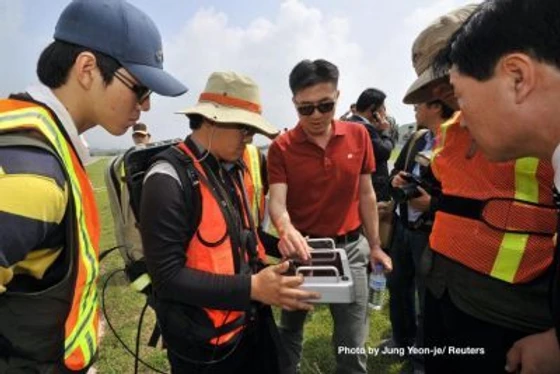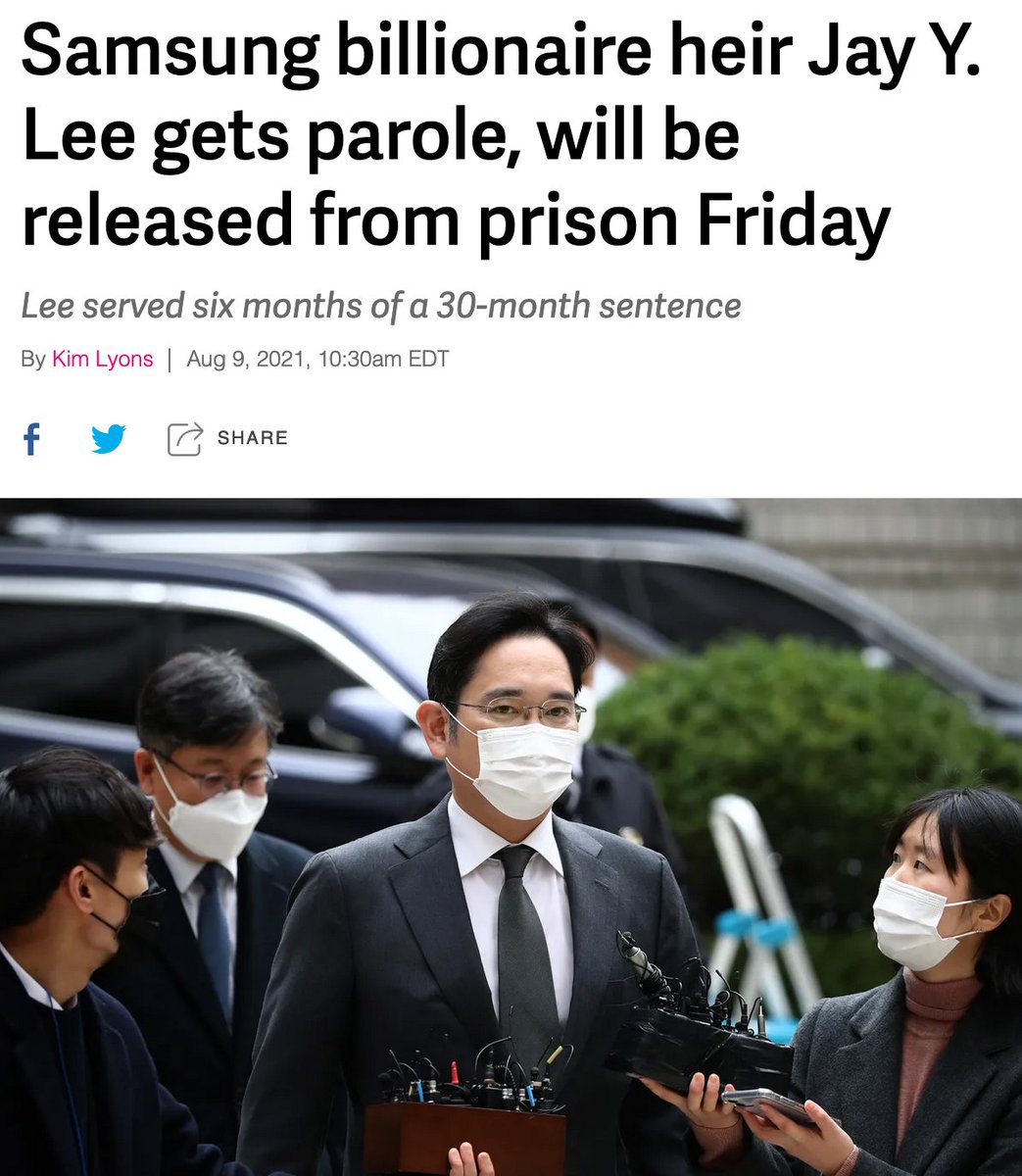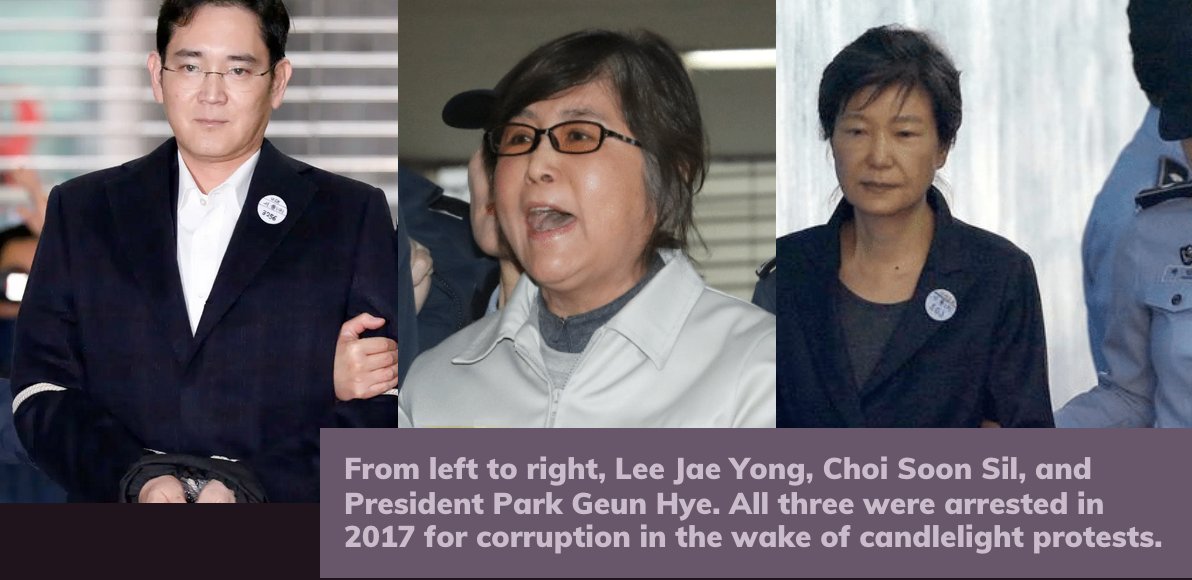
#OTD in 1948, the Democratic People's Republic of Korea (DPRK) was founded.
The DPRK has survived 73 years of US imperialism. To understand the DPRK, we have to understand its revolutionary origins. This is the story of the revolution in northern Korea before the Korean War.
The DPRK has survived 73 years of US imperialism. To understand the DPRK, we have to understand its revolutionary origins. This is the story of the revolution in northern Korea before the Korean War.

From the late 1800s, Korean revolutionaries played a pivotal role in anti-colonial resistance across Northeast Asia.
Pictured here is Kim Il Sung (3rd from left) as an officer in the Northeast Anti-Japanese United Army in Manchuria.
Pictured here is Kim Il Sung (3rd from left) as an officer in the Northeast Anti-Japanese United Army in Manchuria.

After WWII, these revolutionaries returned home or emerged from hiding. In the south, they organized against the US occupation; in the north, they began building a socialist society alongside the masses.
The Soviet Army ultimately defeated Japan militarily in Korea. But the revolution that followed was a genuinely Korean affair, as the oppressed masses reorganized society according to their interests.
Adapting Marxism-Leninism to a colonial & semi-feudal context, the revolution was founded on an alliance of three classes: workers, peasants, & samuwon (white collar workers).
The Workers Party of Korea includes a paintbrush with the classic hammer & sickle to symbolize samuwon
The Workers Party of Korea includes a paintbrush with the classic hammer & sickle to symbolize samuwon

In southern Korea, the US military violently disbanded the autonomous People's Committees (PC). But in the north, they continued as the democratic foundation of the state.
PC elections began in 1946. The PC's then elected a People's Assembly. Here's a look at election results:

PC elections began in 1946. The PC's then elected a People's Assembly. Here's a look at election results:


Land reform
On March 1, 1946, 3 million peasants marched in Pyongyang to demand land reform. A Land Reform Law passed four days later. In 25 days, local People’s Committees distributed over 2 million acres from landlords and Japanese colonizers to 700,000 peasant families.
On March 1, 1946, 3 million peasants marched in Pyongyang to demand land reform. A Land Reform Law passed four days later. In 25 days, local People’s Committees distributed over 2 million acres from landlords and Japanese colonizers to 700,000 peasant families.

Literacy campaign
In 1945, 80% of Koreans had no formal schooling and 90% of women were illiterate.
In 5 years, 12,000 literacy schools were built and 92% of formerly illiterate peasants learned to read.
In 1945, 80% of Koreans had no formal schooling and 90% of women were illiterate.
In 5 years, 12,000 literacy schools were built and 92% of formerly illiterate peasants learned to read.

Women's liberation
In 1946, the Provisional People’s Committee passed Korea's first gender equality laws.
Women were guaranteed equal rights, including suffrage and equal pay. Polygamy and forced marriage were banned. All mothers were entitled to 77 days maternity leave.
In 1946, the Provisional People’s Committee passed Korea's first gender equality laws.
Women were guaranteed equal rights, including suffrage and equal pay. Polygamy and forced marriage were banned. All mothers were entitled to 77 days maternity leave.

The National Democratic Women's League, a mass organization that coordinated women's revolutionary activity, grew immensely as women became involved in civic life. By 1948, 2 million people, 2/3 of all adult women had joined the Women's League.
Initially the US & USSR agreed to host pan-Korean elections by 1948. However, the US held elections in only the south to prevent a united socialist govt.
The 1948 US elections lacked universal suffrage & most people boycotted—including thru armed struggle
The 1948 US elections lacked universal suffrage & most people boycotted—including thru armed struggle
https://twitter.com/nodutdol/status/1378401391245418500
On Aug 15, the ROK was founded against the wishes of the majority of Korean people. On Sept 9, the people proclaimed the DPRK with Kim Il Sung as its Premier, elected by the People's Assembly. 

The DPRK was formed from a Korean revolution—one that the US interrupted through division & invasion.
The DPRK drew its mandate from popular elections based on universal suffrage, while the ROK was born from a widely boycotted election where most people were disenfranchised.
The DPRK drew its mandate from popular elections based on universal suffrage, while the ROK was born from a widely boycotted election where most people were disenfranchised.

The US didn't occupy Korea to liberate Koreans, but to keep Koreans from liberating ourselves. Against tremendous odds, the DPRK has survived bc of its people’s determination to decide their own destiny. We must keep struggling for the day all peoples everywhere can do the same.
Want to learn more about this period? Check out the following sources:
Everyday Life in the North Korean Revolution - Suzy Kim
In North Korea - Anna Louise Strong
The Korean War - Bruce Cumings
Everyday Life in the North Korean Revolution - Suzy Kim
In North Korea - Anna Louise Strong
The Korean War - Bruce Cumings
• • •
Missing some Tweet in this thread? You can try to
force a refresh























